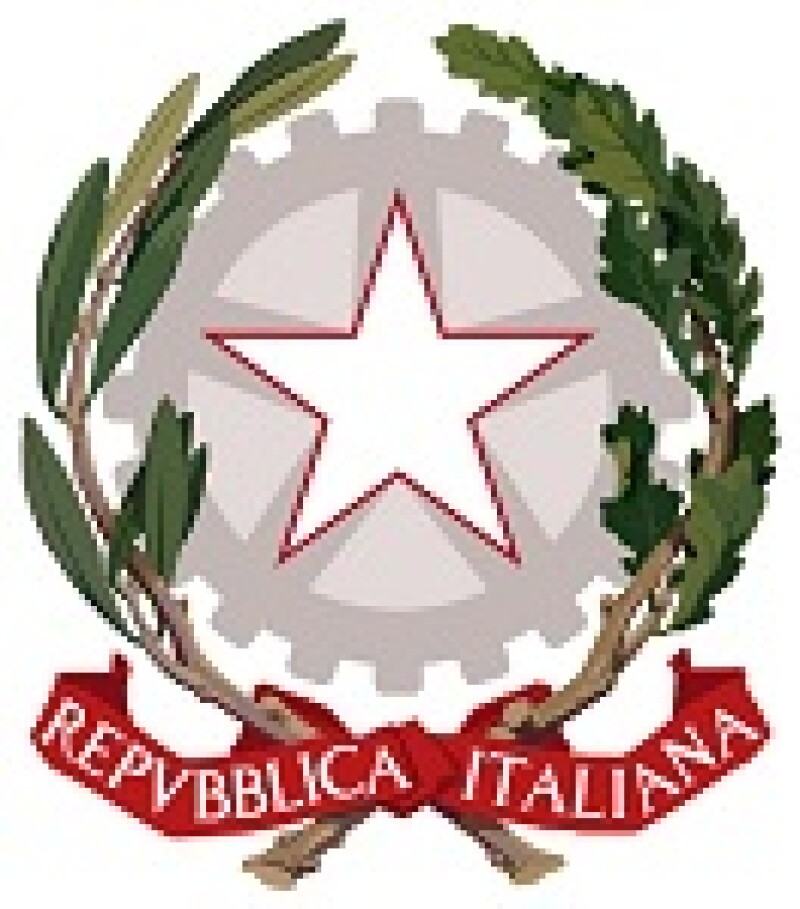
The above entities may qualify for the patent box if they carry out R&D activities, even by means of research agreements entered into with universities or research entities and similar organisations, the purpose of which is to produce intangibles that may be eligible for the patent box regime. The Italian Patent Box regime is in line with the OECD nexus approach, defined by Action 5 of the BEPS Project which “allows a taxpayer to benefit from an IP regime only to the extent that the taxpayer itself incurred qualifying research and development (R&D) expenditures that gave rise to the IP income”.
The Patent Box regime grants partial exemption from corporate income tax and the regional tax on productive activities for income deriving from qualifying intangible assets. For 2015, the exemption is equal to 30% of qualifying income, and will be increasing to 40% in 2016, and 50% in 2017.
For 2015 and 2016 the election has to be exercised through a specific form provided by the Italian Revenue Office, while from 2017 onwards the election will be made in the annual tax return. The patent box regime option is valid for five fiscal years, is irrevocable, and is relevant to determine income tax and the Italian regional tax on productive activities. The tax benefit pertains to:
Incomes deriving from the licence to third parties of the above intangibles;
Direct use of the intangibles.
When intangibles are used directly, one must identify an amount corresponding to the economic contribution that the intangibles add to the aggregate income by activating an international standard ruling procedure. The ruling is optional for the determination of the income attributable to intangibles assets used indirectly.
The tax ruling procedure consists of:
submission of the application that will include general information, such as the identity of the taxpayer, the description of the IP generating the qualifying income and the relevant R&D activities performed) and
submission of additional documentation within 120 days (150 days for the application filed between 1 December 2015 and 31 March 2016) of the initial application including the methods and criteria used for the computation of the income (methods in line with the OECD Guidelines).
The Italian Tax Authorities issued guidance on 7 April 2016 in order to clarify the application of the patent box regime and provide operative instructions on the procedure for obtaining a tax ruling, the methods used for the computation of the income, the calculation of the “nexus ratio” and further specific operative issues related to the Patent Box regime.
With specific reference to the methods used for the computation of the income deriving from the intangibles (matter that will be the subject-matter of the ruling procedure), the Italian Revenue Office has specified the preference for the Comparable Uncontrolled Price (CUP) and for the Residual Profit Split methods.
As indicated in the OECD Guidelines, the CUP method compares the price charged for property or services transferred in a controlled transaction to the price charged for property or services transferred in a comparable uncontrolled transaction in comparable circumstances. For the application of such method for the Patent Box regime, a royalty defined in the agreements with independent parties could be used as a basis for the determination of the income deriving from the intangibles assets.
The transactional profit split method seeks to eliminate the effect on profits of special conditions made or applied in a controlled transaction by determining the division of profits that independent enterprises would have expected to realise from engaging in the transaction(s). For the Patent box regime purpose, the Residual Profit Split method identifies in the first stage the income deriving from the routine functions. In the second stage, any residual profit (or loss) remaining after the first stage division would be attributed to intangible assets.
However, further methods not provided in the OECD Guidelines could be selected by taxpayer: the latter is required to motivate the selection of these methods.
By Antonella Della Rovere, Valente Associati GEB Partners – Italian Correspondent

|
Antonella Della Rovere |










